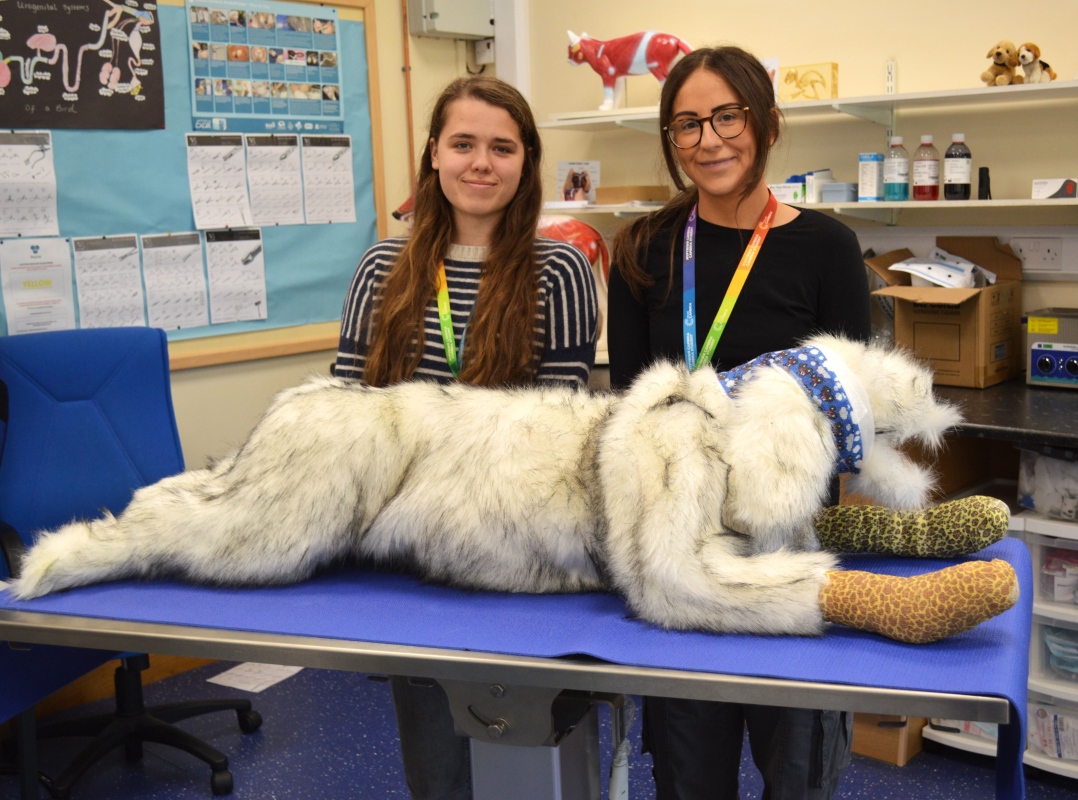How regular lateral flow tests, vaccinations and ventilation will help keep children in school: what the experts say

We have been clear that closing schools to all but vulnerable children and children of key workers, as happened last January, is not something we will repeat.
This is because the situation now is totally different to last year because of the massive difference vaccinations have made to the risks posed by the virus.
Our testing in education and ventilation programmes provide further mitigation to the transmission of COVID-19 within education and childcare settings.
We are continuing to ask that all schools and colleges encourage staff, students and pupils to participate in regular lateral flow device (LFD) testing at home after taking their initial test before they return to the classroom.
All secondary schools should be doing one test on-site at school as pupils return. Information on testing in education settings is available in our recent piece here: Five ways we’re protecting education – The Education Hub (blog.gov.uk).
Experts have backed this approach as the best way to make sure disruption to children’s education is avoided.
The Education Secretary Nadhim Zahawi recently met with leading experts and academics, including Tim Peto, Professor of Medicine at the University of Oxford and Dr Raghib Ali, a senior Clinical Research Associate at the MRC Epidemiology Unit at the University of Cambridge.
So what do the experts say about testing in schools?
Professor Tim Peto, Professor of Medicine at the University of Oxford said:
Our findings indicate that there is no significant difference in COVID-19 transmission between schools where groups of children were sent into home isolation versus those where daily contact testing was implemented instead.
Infection rates in the close contacts were low in general, and there was little difference between those who went to school following a negative lateral flow test and those who were isolating at home.
I support asymptomatic testing in education settings as an effective mitigation that supports keeping young people in face-face education.
Separately, Dr Jeremy Rossman, Senior Lecturer in Virology at the University of Kent said that the speed and frequency of testing is vital in terms of rapidly identifying infected individuals and Prof Jonathan Ball, Professor of Molecular Virology at the University of Nottingham said “rapid testing circumvents needless isolation” and backed its widespread use.
There have been reports of shortages of lateral flow testing kits in some areas, but this is not a problem for schools and colleges as they use a different priority supply route to get their lateral flow tests.
All schools were invited to place orders for additional test kits before Christmas, with around 31 million tests delivered to education settings in the final weeks of term, so schools should have sufficient supplies of lateral flow tests.
A further 17.6 million test kits will be delivered by the end of next week, and schools can request an emergency replenishment of tests if required.











Responses